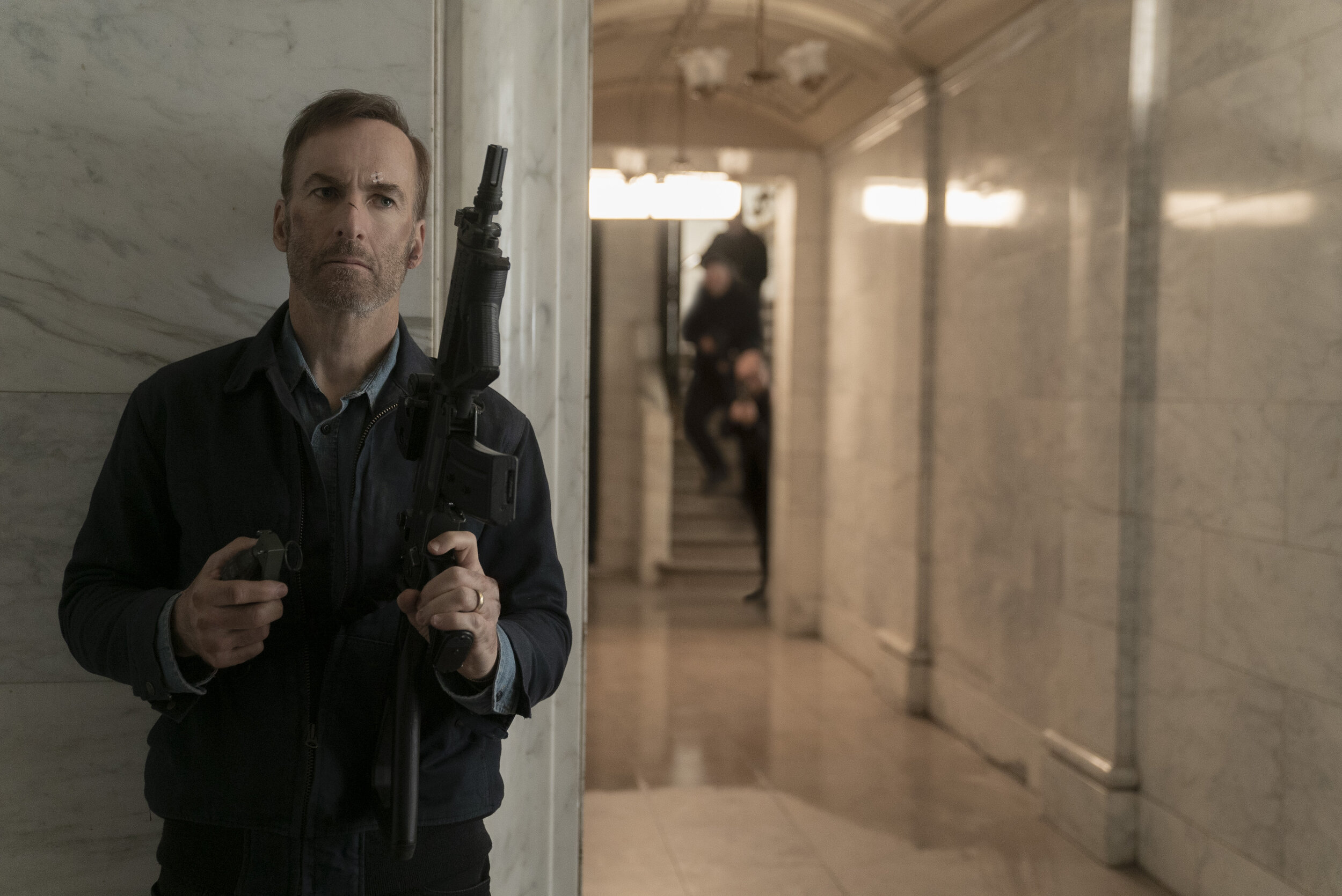Review: In 'French Exit,' not even Michelle Pfeiffer's exquisite performance can rescue this comedy from its own preciousness
There are few cinematic joys as perfect as watching Michelle Pfeiffer tear into a juicy role, as she does in director Azazel Jacobs’ comedy-drama “French Exit.” It’s a shame, then, that Pfeiffer’s brilliance isn’t enough to pull this faux-whimsical story out of the ditch.
Pfeiffer plays Frances Price, a Manhattan socialite who has been living extravagantly off the wealth left her by her late husband, Franklin. She shares her home with her adult son, Malcolm (Lucas Hedges), who is so terrified of disappointing his mother that he can’t tell her that he’s engaged to Susan (Imogen Poots) — which prompts the exasperated Susan to dump Malcolm.
Frances is told by her accountant that Franklin’s money is gone, and she has to sell everything and live more modestly. She does sell off the artwork and other items, transfers the proceeds into euros, and takes up an offer by her last friend, Joan (Susan Coyne), to live in Joan’s apartment in Paris until the money runs out. Malcolm goes along, as does Frances’ cat, Frank — named for her late husband, and the explanation for that will produce eye-rolls later on.
On the cruise ship crossing the Atlantic, Malcolm has a one-night stand with Madeleine (Danielle Macdonald), a medium who’s a little too accurate in predicting when a passenger will die. Once in Paris, Frances begins to accumulate more odd acquaintances, including a lonely widow (Valerie Mahaffey) and a bemused private detective (Isaach de Bankolé). Even Susan reappears, with a new fiancé, Tom (Daniel di Tomasso).
Jacobs usually has a firmer handle on the comic beats of his movies, as he showed with Debra Winger and Tracy Letts in “The Lovers” or with John C. Reilly in the 2011 Sundance Film Festival hit “Terri.” Here, though, Jacobs is saddled with a script in which most every character, including Frances, is a collection of tics in search of a personality. Screenwriter Patrick DeWitt, adapting his own novel, finds none of the humanity of his work in “Terri” or his off-kilter Western “The Sisters Brothers.”
Still, Pfeiffer cuts through the excesses of DeWitt’s script, giving a performance that’s as smooth and as potent as a fine whiskey. She reveals Frances as a woman who has outlived her husband and his fortune, and feels like a party guest who has overstayed her welcome. It’s a delightfully sharp piece of acting, and deserves a less self-consciously precious movie to showcase it.
——
‘French Exit’
★★1/2
Opening Friday, April 2, in theaters where open. Rated R for language and sexual references. Running time: 112 minutes.







